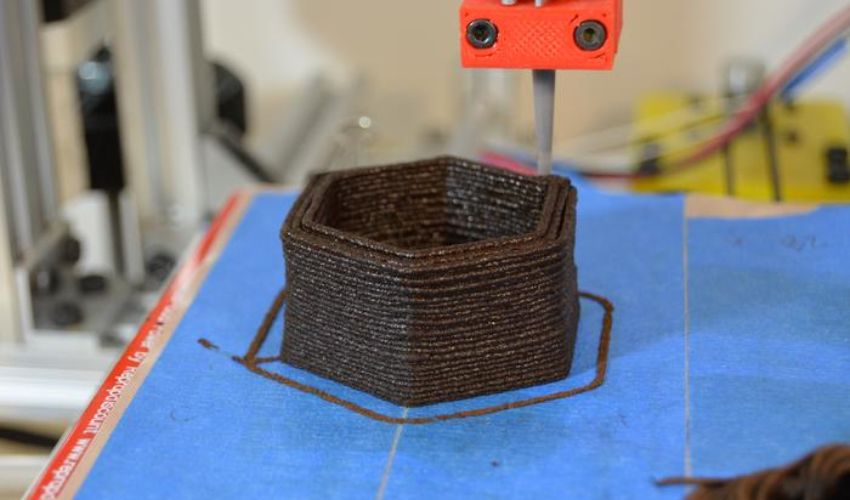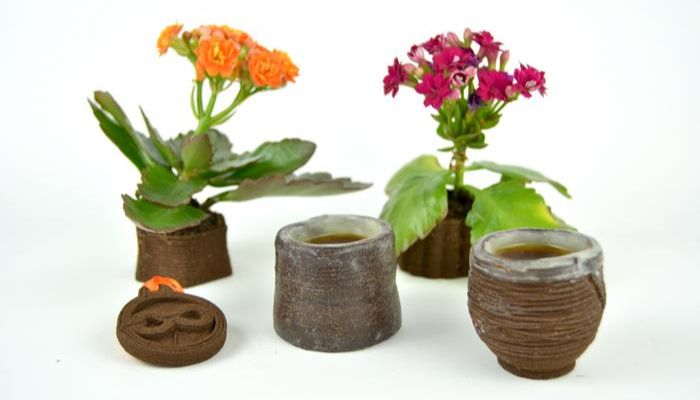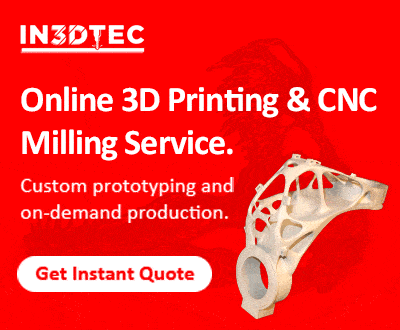Using Coffee to Provide Sustainable 3D Printing Materials

As additive manufacturing has opened up new creative avenues, there are those who take an interest in setting an early precedent by producing environmentally friendly materials to lead the charge in sustainability. Creating such recycled filament and green materials is the goal of Michael Rivera, assistant professor at the ATLAS Institute at the University of Colorado Boulder, who has recycling coffee grounds into a 3D printable material that is reusable, biodegradable, and easy to make. The goal of his group’s research is to find sustainable production solutions that can decrease energy consumption, plastic use and the amount of waste produced in the industry, particularly as 3D printing continues to exponentially grow in popularity and demand.
Plastics that are currently used in consumer 3D printing often become waste. The famously biodegradable PLA can only be done so in specialized industrial composting facilities while ABS is recyclable, but not biodegradable. This means that unfortunately many plastics can end up in landfills alongside coffee grounds and other waste products. However, the time it takes to decompose plastics is measured in the thousands of years, not tens.

The team was able to test out a variety of objects made with 3D printed coffee grounds. Some contain added benefits such as the planters which provide more nutrients to the plants inside.
Rivera realized that he could reduce plastic waste and create a viable, eco-friendly alternative at the same time by using one of the most popular beverages in the world – coffee. The inspiration for 3D printed coffee creations came out of the COVID-19 pandemic, when coffee grounds donated by a local coffee shop for composting stopped being collected and started getting thrown away. “I looked at the grounds and said, ‘Maybe I can do something with them,” explains Rivera.
Going Green With 3D Printed Coffee
Rivera and the research team at UC Boulder created their 3D printable mixture after combining coffee grounds with readily available ingredients such as xanthan and cellulose gum, plant-based thickening agents that are often found in our food products. The team then used a modified 3D printer to extrude the coffee mixture out of a large syringe or caulking tube container, through plastic tubes to the print head. The end result is a solid, durable creation that has been tested and formed into a variety of shapes such as planters which can add nutrients to the soil as they degrade, electrically conductive pieces, jewelry concepts and of course, coffee cups.
“You can make a lot of things with coffee grounds and when you don’t want it anymore, you can throw it back into a coffee grinder and use the grounds to print again.” points out Rivera, highlighting the impressive reusability of his coffee creations. Through projects like this, Rivera and his team hope to showcase zero-waste solutions that are readily available for people to use from their own homes. They hope that projects such as theirs will serve as a launchpad for further exploration into sustainable 3D printing materials. For more information, you can review their research findings HERE.
What do you think of using organic materials like coffee grounds to 3D print new objects? Let us know in a comment below or on our LinkedIn, Facebook, and Twitter pages! Don’t forget to sign up for our free weekly Newsletter here, the latest 3D printing news straight to your inbox! You can also find all our videos on our YouTube channel.
*All Photo Credits: Michael Rivera, University of Colorado Boulder







